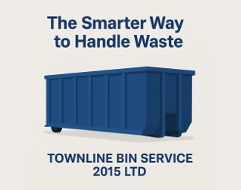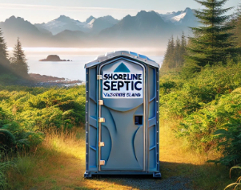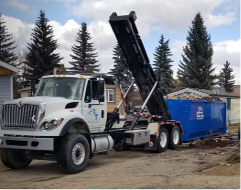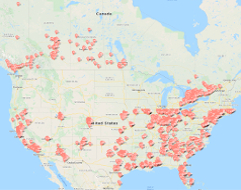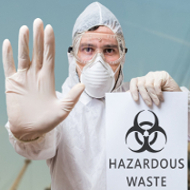SOS! Sea Life Is In Danger!
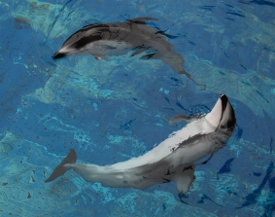
Tidal Wave of Deadly Plastic
A young sea turtle, undernourished and unable to dive for food, was found on a beach in Hawaii. It died two days later. George Balazs, a sea turtle biologist with the National Marine Fisheries Service, dissected the turtle to discover the cause of death.
He found a plastic food storage bag filled with garbage, some pieces of pumice stone, a plastic golf tee, shreds of bag sheeting, bits and pieces of plastic fishing line, a plastic flower, part of a bottle cap, a comb, chips of Styrofoam, and dozens of small round pieces of plastic.
"The intestine was completely blocked with this stuff," reported Balazs.
Plastic poison
Ocean pollution affects everyone. Garbage dumped at sea fouls
the water, washes ashore and litters our beaches, and creates sights and smells that spoil the natural beauty of planet earth. And one of the most destructive aspects of ocean pollution is plastic trash and its effect on one of earth's most precious resources-marine wildlife.
Plastic debris is a deadly threat to birds, ocean mammals, fish,
and other sea creatures. Every day, marine plants and animals die by nibbling on, swallowing, or becoming entangled in one or more of the five million pieces of plastic trash dumped into our oceans each day. This trash includes Styrofoam drinking cups, six-pack rings, packaging pellets, trash bags, and some fifty thousand tons of lost or discarded plastic fishing nets.
Death nets
For millions of marine animals, plastic fishing nets are more deadly than any other form of plastic trash. Years ago fishing nets were made of material, usually hemp or flax, that would eventually disintegrate. But today's sturdy plastic nets are nearly indestructible. In the North Pacific, according to one report, netting pulled from the sea held captive one hundred dead seabirds and two hundred dead salmon entangled in a single piece.
Since 1986 the Center for Environmental Education (CEE) , with help from the Fish and Wildlife Foundation, has been conducting evidences and compiling a report of all the known incidents in North America of marine wildlife becoming tangled in commercial and recreational fishing nets. According to Kathy O'Hara of CEE, the report includes animals that are entangled in lost or discarded fishing gear and other plastic debris, as well as swallowing of plastics by wildlife.
This report was distributed to scientists, government officials, and fishing industry officials to encourage them to discuss the various laws and policies that would protect marine wildlife. The report helped gain support for the Marine Mammal Protection Act, which was reauthorized in 1988. This study, and the regulations that result, are of the greatest importance because many of the captive marine creatures, such as humpback, fin, and right whales, are on the endangered species list. From 1978-1986, according to the CEE report, observers saw 215 marine mammals caught in nets belonging to foreign vessels.
Common dolphins and pilot whales made up 93 percent of the total. Since 1975 a total of twenty-six cetaceans (fishlike marine mammals) became entangled in buoy lines of lobster traps. Twenty of them were endangered whales. During a ten-year period, more than thirty endangered West Indian manatees, which search for food in shallow coastal waters, were found entangled in nets along the coast of Florida. Several died. In 1985, 333.7 million pounds of shrimp at a value of 472.8 million dollars were caught in the southeast Atlantic and Gulf of Mexico.
But in the process, thousands of sea turtles were also caught and drowned in trawl nets meant for the shrimp. Most of them were very young loggerhead turtles.
California's gill nets do some of the worst damage in the industry. Gill nets are fishing nets with mesh that is big enough to allow the head of a fish to pass through but that entangles the fish when it tries to withdraw. Each year, a minimum of 100 sea otters, 1,000 California sea lions, 100 harbor seals, and possibly up to 25 elephant seals, 30 pilot whales and an unknown number of gray, humpback, and finback whales are caught incidentally in gill nets.
In Alaska, harbor seals and sea lions, sea otters, humpback and gray whales, and porpoises, as well as some eight hundred seabirds, also drown yearly in gill nets.
These nets are so harmful to seabirds and marine mammals that regulations restricted their use in areas heavily populated by these species. In addition, the National Oceanic and Atmospheric Administration (NOAA) has set up a special office in Seattle, Washington, called the Marine Entanglement Program.
Recreational fishing is also responsible for the entanglement and death of several endangered species including brown pelicans, manatees, and several species of sea turtles. According to the CEE report, "One leatherback turtle found in New York had actually ingested [swallowed] 590 feet of heavy duty monofilament fishing line."
Slow death
But entanglement is not the only cause of slow death for millions of sea creatures each year. There are others, and, like the fishing nets, they too are made of plastic.
In Texas, two loggerhead sea turtles were discovered stranded on the beach, one with a piece of a plastic onion sack around its neck. Other turtles have ingested plastic bags, pieces of plastic bottles, and even a plastic milk carton.
A study of albatross chicks by the United States Fish and Wildlife Service found that 90 percent of the birds had at least some quantity of plastics in their digestive tracts.
Marine mammals are also threatened by ocean garbage. Once an infant pygmy sperm whale was found stranded beside his dying mother on a Galveston beach. Scientists tried to restore him in a local aquarium, but one day he died suddenly. An autopsy (examination of the dead body) revealed that the young whale had swallowed a large plastic bag, a bread wrapper, and a com chip bag. The plastic had blocked his digestive tract, and he died of starvation.
Taking a moment, we would like to encourage all the rubbish removal, roll off bin rentals and waste hauler businesses to contribute to ‘365 Ways To Save The Earth' movement. At Dumpster Rentals Depot we would like to thank our members Edmonton Dumpster Rentals , Oakville Dumpster Rentals, Brampton Dumpster Rentals . Dumpster Rentals London , Dumpster Rentals Hamilton , Roll Off Dumpsters Burlington and many other environmentally concerned waste haulers for the great support in promoting this environment protection initiative.
- Published: 2013-03-27T16:05:03-07:00
- Author: ROB THIBAULT
